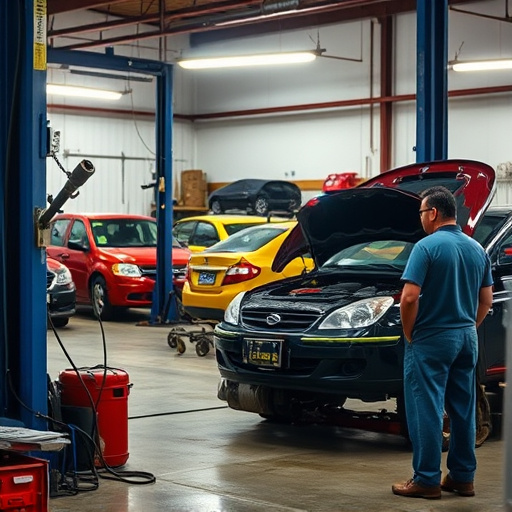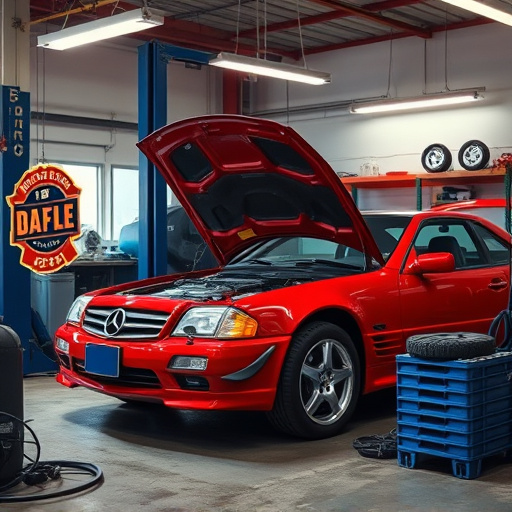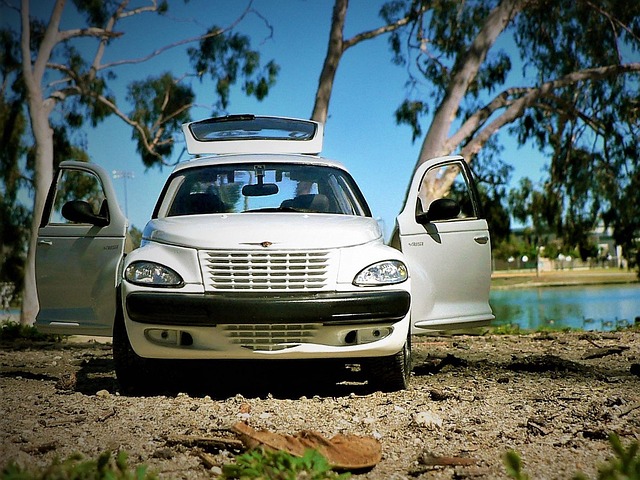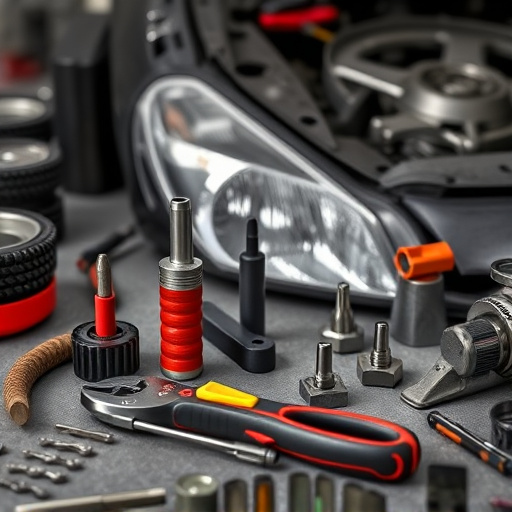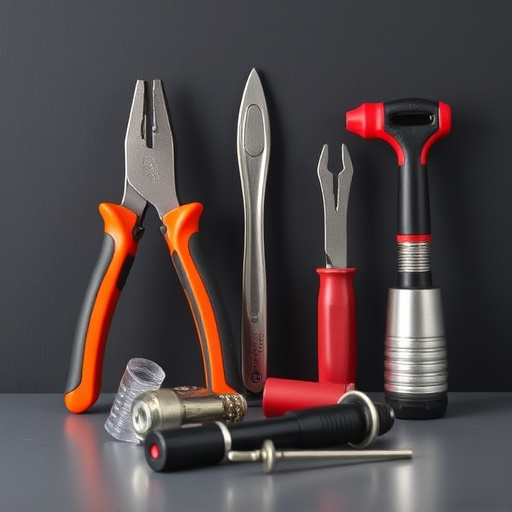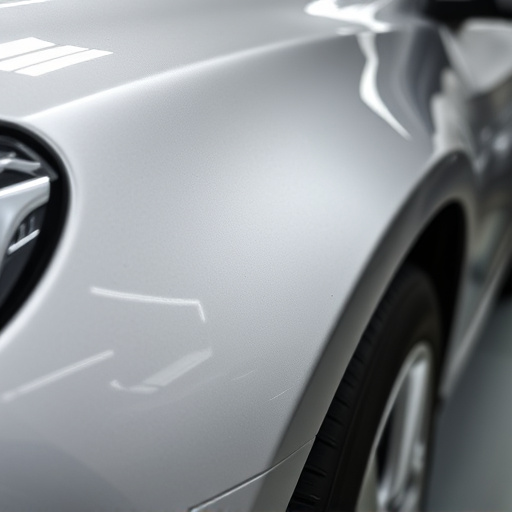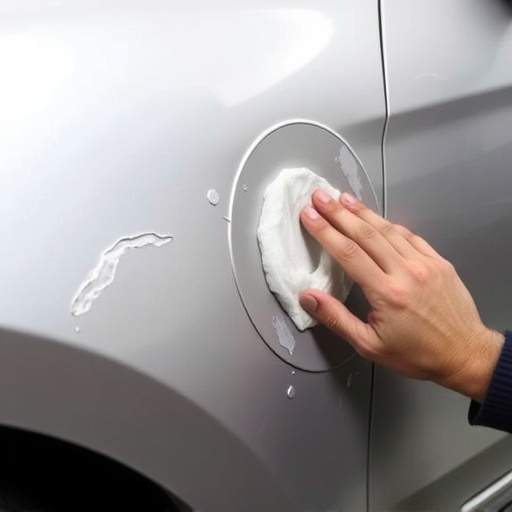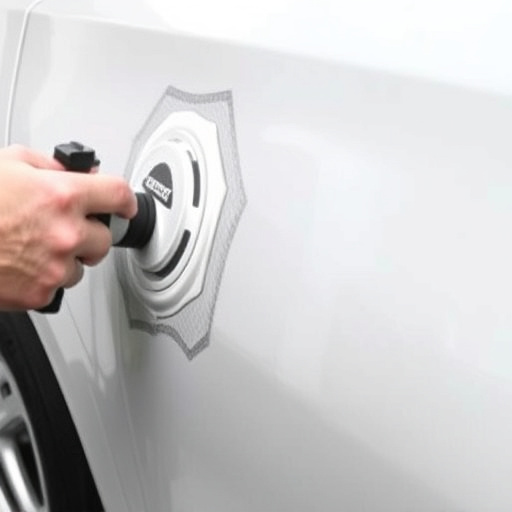Hood dent removal is a specialized process requiring expert skill and advanced techniques to restore vehicle bodywork without damage. While minor dents can be addressed DIY, severe or structurally critical dents need professional attention. Proper removal prevents further structural issues and maintains vehicle aesthetics and value. Choosing a qualified technician ensures safe, precise techniques using specialized tools to minimize risks and achieve optimal visual results.
A hood dent, a common automotive annoyance, can significantly impact your vehicle’s appearance and value. This article guides you through the process of hood dent removal, highlighting critical mistakes to avoid for successful repairs. From understanding dent formation and various removal methods to expert tips on prevention, this comprehensive overview ensures your car maintains its sleekest form. Learn how proper techniques, professional shops, and proactive care can prevent future hood dents, preserving your vehicle’s aesthetics and resale value.
- Understanding Hood Dent Removal Process
- – What is a hood dent?
- – Reasons for hood dents and their impact
Understanding Hood Dent Removal Process
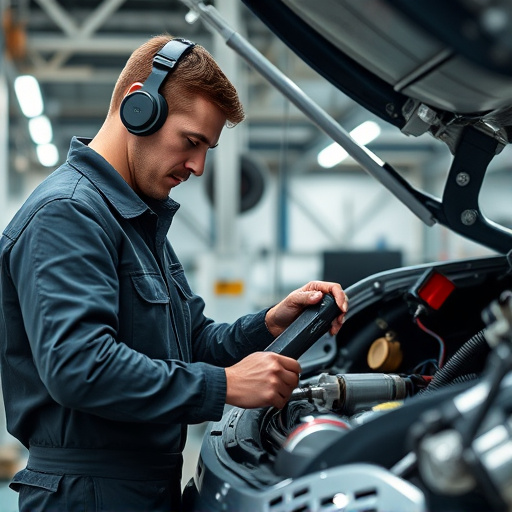
The process of hood dent removal involves a series of precise steps designed to restore your vehicle’s bodywork to its original condition. It begins with careful assessment to identify the extent of the damage and select the most effective method, which could range from simple hand tools to specialized machinery. Once determined, the technician will carefully pop out the dented panel, often using heat or vacuum tools, before meticulously smoothing and reshaping the metal back to its original form. This requires a high level of skill and precision to avoid further damage or unsightly marks.
Understanding how hood dent removal works is crucial in choosing the right service provider for your vehicle repair needs. Professional car restoration experts employ techniques that not only fix dents but also preserve the overall aesthetics of your vehicle’s bodywork, ensuring it retains its value and sleek appearance. They use advanced tools and methods that are safe and effective, minimizing the risk of paint damage or structural issues commonly associated with amateur attempts at hood dent removal.
– What is a hood dent?
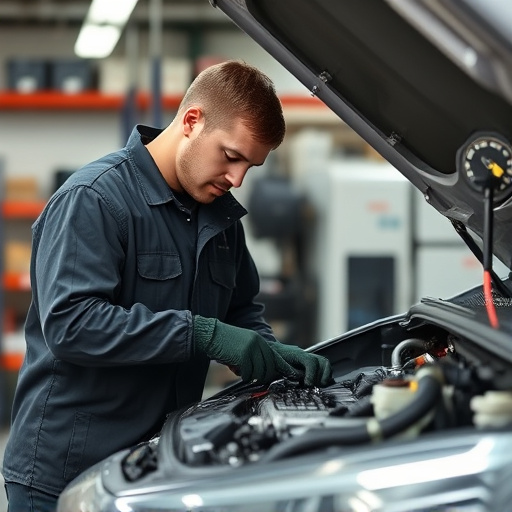
A hood dent, also known as a car dent or bumper dent, is a common issue that can mar the appearance of a vehicle. It refers to the indentation or deformation of the metal on a car’s hood (bonnet) due to impact or collision. These dents can result from various incidents, such as parking accidents, roadside bumps, or minor fender benders. While some smaller hood dents might not affect the vehicle’s structural integrity, they can significantly impair its aesthetic appeal. Many drivers often attempt DIY methods for hood dent removal but, without proper expertise and tools, these attempts may lead to further damage or an incomplete repair.
Effective hood dent removal requires a careful balance of skill and precision. It involves locating the dent accurately, using suitable tools for extraction, and ensuring the metal is returned to its original shape without leaving behind unsightly marks or deformities. Professional car repair services often employ specialized equipment, such as pneumatic tools and heat guns, to perform this task efficiently. This process is particularly crucial when dealing with more severe dents that could impact the vehicle’s safety features or structural integrity, which should always be left to qualified technicians rather than attempting a DIY approach for car dent repair or car scratch repair.
– Reasons for hood dents and their impact
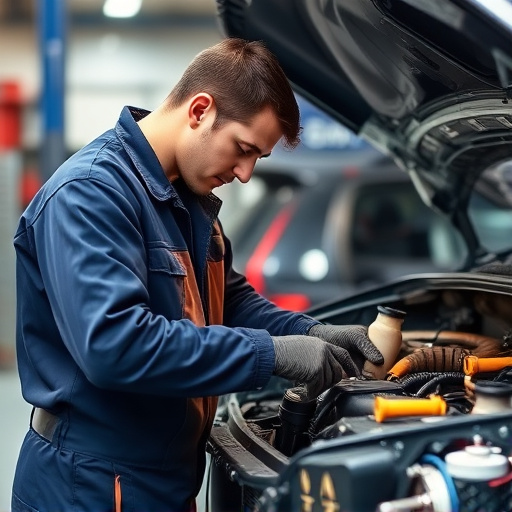
Hood dents are a common issue that can mar the sleek appearance of any vehicle, especially when it comes to car models with curved hoods. These dents often occur due to various reasons such as minor collisions, parking mishaps, or even accidental bumps from pedestrians or objects. In the world of auto detailing and vehicle body repair, hood dent removal is a crucial process that demands precision and expertise.
The impact of hood dents goes beyond just aesthetics. They can affect the overall structural integrity of the vehicle’s front end, potentially compromising safety if not addressed properly. Ignoring these dents might lead to more severe damage over time, resulting in costly automotive repair bills. Therefore, it’s essential to be aware of common mistakes to avoid during hood dent removal processes, ensuring both optimal visual results and maintaining the vehicle’s structural soundness.
When attempting hood dent removal, it’s crucial to avoid common mistakes that can exacerbate damage or yield subpar results. Always remember that each dent is unique, so a thorough understanding of the process and seeking professional advice when needed are essential steps towards successful hood dent removal. By avoiding hasty decisions and employing suitable methods, you can effectively restore your vehicle’s exterior to its original condition.


